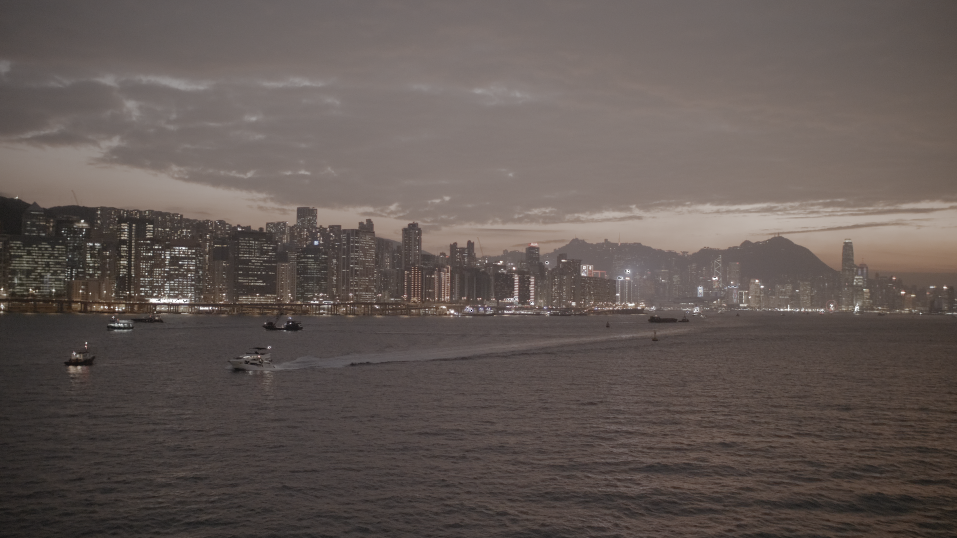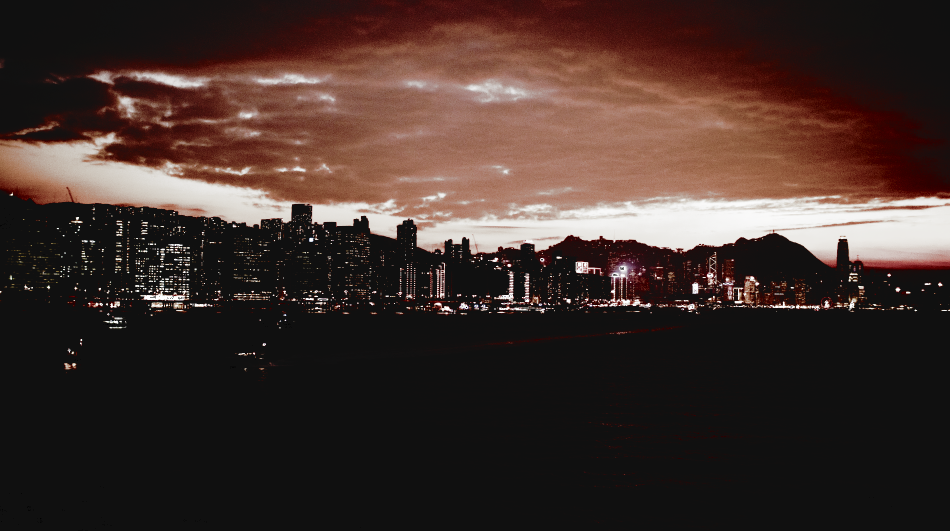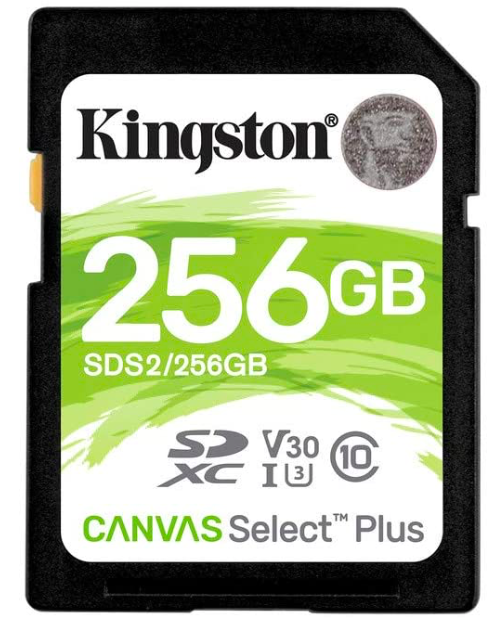Leaderboard
Popular Content
Showing content with the highest reputation on 11/26/2021 in all areas
-

Panasonic S5 User Experience
PannySVHS and one other reacted to liamlumiere for a topic
Music video of old familiar track shot on S5 4K V-Log 10-Bit 4:2:2 shot with 20-60 kit lens. AF didn't wander. Camera is small & light and powerful. Great shooting experience.2 points -

Nikon Z9 internal RAW codec investigation - what are the details?
The Dancing Babamef reacted to Emanuel for a topic
Thank you for the heads-up, Jarred has updated the forum's software but it's fixed in the meantime from your notice much appreciated :- )1 point -

Canon R3 6K raw light with FD lenses
BenEricson reacted to The Dancing Babamef for a topic
Well, at least Jordan Drake from DPReview didn't grade these, the shots look exquisite!1 point -
In my experience, there are two kinds of (serious) codec tests that people do. The first is for when you have controlled shoots and you are trying to understand the absolute sweet spot of the camera. For this, you shoot a controlled scene using a model (or two), test charts, and anything else you might think is usable, and you shoot it at 0, and then under and over by 1 stop, 2 stops, 3 stops, 4 stops. Then you bring everything back to proper exposure in post and look at the skin tones and noise and other image attributes. This is used in seriousness by professional cinematographers who do the tests and then work out that perhaps the sweet spot is +0.5 stops, and they'll shoot the camera there for every shot on 8 and 9-figure productions because that's the best place for skin tones, or whatever. "You expose camera X at X stops under/over" is common knowledge once a camera comes out and is tested and everyone will do that - why wouldn't you? The second is for when you're not shooting in controlled shoots and you want to know how far you can push the camera. For this, you shoot a range of situations and deliberately push the camera in all sorts of ways, under and over exposing in a range of circumstances, doing things like in low-light under exposing with native ISO and raising in post vs rising ISO in-camera etc, filming in mixed lighting and fixing in post, filming in radically contrasty lighting, filming highly saturated things like neon signs and car tail-lights to see how it handles extreme saturation, etc. These tests are designed to work out how far you can push the camera. Taking one shot is suitable for neither scenario and tells you very little. It's.....lazy. I'd suggest that the people who use 5D with ML are actually out shooting rather than talking about cameras. It's one of the closest matches there is for an Alexa (the others being OG BMPCC / BMMCC, and maybe Sigma FP, etc) so once you get that setup it's camera choice = solved so move onto next choices like lenses and lighting and composition and story and then navigating the entire process to make and publish something. Here's a test I did with the GH5 10-bit 150Mbps mode, which isn't even the GH5s best mode BTW, in trying to break the codec. I chose a flat looking scene and tried to break the flattest looking part of it (the clouds) to see what was there. This is informal but is an example of a test to see where the limits of the 10-bit are. I'm not in the R3 target market (or Canon Cripple Hammer target market for that matter) but if I was spending $6K on a camera then I'd want to know: where the sweet spot of the camera is how far I can push the darn thing and still get a "nice" image (ie, acceptable for a main shot - according to my standards) how far I can push it and get a shot that is still usable in an edit (ie, for 1 second) ..and you want to see some work that puts things in context? Sure. I am an amateur who shoots travel and events for family and friends in available lighting (which is absolutely awful lighting BTW). Here's a couple of videos where the camera was pushed beyond its/my capabilities. and and lest you think I don't know WTF I'm doing, here's a test video I shot where the camera was within its capabilities. Of course, all of this is hypothetical anyway, because if I was spending that much on a camera (the R6 costs about as much as all the cameras I have ever purchased put together BTW) I'd pretty much be asking Tarot Card readers for their opinion on it before listening to Jordan!1 point
-
For anyone buying a Pocket or Micro for the first time - as well as those who already own them - there has been a challenge for a while now around buying new memory cards that actually work with them. I've been using a specific Sony one that is reliable but very pricey and not always readily available but I had some Kingston ones recommended to me that apparently fit the bill so I ordered one to try it out. EDIT >> Happy to report that it worked in ProRes and RAW without any dropped frames on both cameras, including the 3:1 RAW at 60fps on the Micro. Happy to report that it worked in ProRes and RAW without any dropped frames on both cameras in standard frame rates, but begins dropping frames at the 3:1 RAW at 60fps on the Micro but is OK at 50fps. << EDIT They are reasonably priced (sub €40 for the 256GB) and readily available from Amazon in different sizes up to 512GB. https://www.amazon.es/Kingston-Canvas-Select-Plus-SD/dp/B07YGYCR3V IMPORTANT > Please see @bjohn post following this one regarding long term reliability.1 point
-
Actually, there is such a thing as a mathematically perfect lens, and any deviation from that is theoretically defective, and therefore all character is made from aberrations. This isn't a criticism, and it's not pedantic either - I say this because it's helpful. Once you realise that all character in a lens are deviations from perfection then it frames all of these into the same category. Everyone agrees that some aberrations are good and others are definitely not, so then it just becomes a matter of taste. This gets us away from the idea that there are two categories called "character" and <insert bad word here> and then arguing over what things fall into which categories. It also helps in understanding what character is. If you understand that it's made from particular elements that are measurable then you can start to narrow down what they are, understand where those might come from, and understand how one can select for them, potentially while removing the aberrations that are not to your tastes. I've gone a decent distance down the lens rabbit hole and have a passing understanding of some of the aberrations that I like, but it's ridiculously deep. Here are a couple of videos from a pair who are trying to write a book about the subject, which apparently is still years away and current drafts are over 1000 pages! This is part of a larger theme around the creative elements of film, and where Steve Yedlin put it really well when he said: Source: http://www.yedlin.net/OnColorScience/ He was talking about colour science and not about lenses specifically, but the principle holds. Far too many of us are just choosing from pre-packaged solutions and not understanding the smaller attributes. Right at the opening of the first lens video Christopher Probst says "yeah I've got to be careful what I talk about because I'm still buying lenses [from ebay] too". So, what does this tell you? The guy who is literally writing the book on lenses knows enough to be buying lenses from eBay that he thinks are undervalued and doesn't want to give the game away about them until he's bought the hidden gems he's found... The big take-away for me from those two videos was that the optical recipe was a thing that drives a lot of my interest, along with diffusion characteristics of the various coatings. These are particularly useful things to me because: Knowing I prefer older and simpler optical recipes means that instead of trying to buy CZ primes (which are very costly) I can buy modern copies from Chinese factories that are made very well but are much more reasonably priced Knowing I prefer certain levels of diffusion from the lens coatings (and a certain amount of flaring) means I can investigate filters that emulate these characteristics Knowing how to read the optical properties of lenses through MTF charts, and also knowing that perfect isn't actually desirable, I can draw parallels between Zeiss Super Speeds and Cooke Panchros (lenses that no-one here can afford) and the Helios 44 lens that everyone here can afford, and then understand the parallels between those and the modern lenses available from China that I previously mentioned Knowing these things is actually empowering in a very real and practical way. Taking a one-dimensional view of lenses and just separating them into "Good Character" and "Bad" is neither empowering, nor helpful. You said you like to have the lens be more like a partner instead of a tool, this is a way to understand what kind of partner you'd like. If I said that character in people was definable, you might balk and say it wasn't possible. If I insisted it was then you might say you didn't want to know, but you actually do. Imagine the character of two potential business partners below, and then tell me you'd prefer not to know about these and would rather choose at random: Partner A character traits: deceitful, grandiose, manipulative, emotionally unstable, volatile Partner B character traits: indecisive, ambitious, natural salesman, excitable, sentimental Here's the funny thing, those two people could easily present as initially quite similar. They talk big, their story changes a bit over time, they're dynamic, etc. Knowing the traits and being able to read them gives insight. It doesn't take away the mystery though. Knowing everything isn't the only alternative to knowing nothing.1 point





